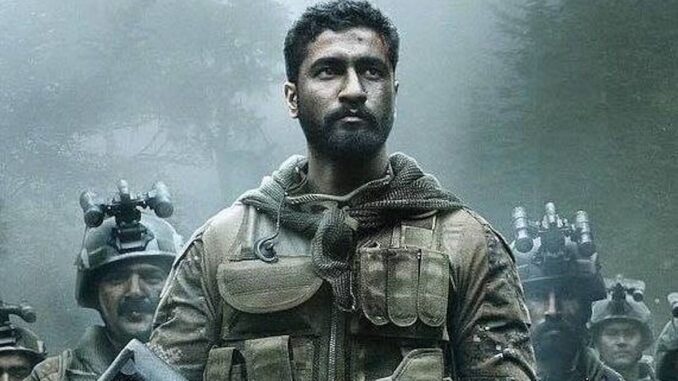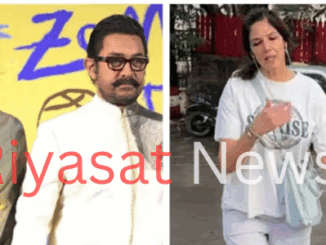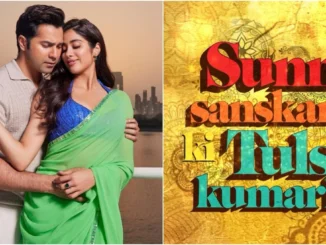
War films have always held a special place in the heart of Indian cinema. These stories of courage, sacrifice, and national pride often aim to evoke strong emotions and tell tales rooted in history. However, their journey at the box office has been a mixed one—some emerging as unforgettable blockbusters, others failing to make the impact they were expected to.
There are few genres as emotionally powerful as war dramas. Films like J.P. Dutta’s Border (1997) tapped into national sentiment with remarkable success. Based on the Battle of Longewala during the 1971 Indo-Pak war, Border became a box office phenomenon and continues to hold cultural significance even decades later.
Fast-forward to 2019, Vicky Kaushal’s Uri: The Surgical Strike took the country by storm. Inspired by the real-life surgical strikes carried out by the Indian Army, the film became a rallying cry for patriotism with its unforgettable “How’s the josh?” catchphrase. With its sharp direction, gripping action, and emotional resonance, Uri earned over ₹240 crore domestically, proving that well-made war films can be both critically and commercially rewarding.
Shershaah (2021), centered on the life of Kargil hero Captain Vikram Batra, may have been released on OTT due to the pandemic, but its impact was undeniable. The film won hearts for its sincerity, lead performances, and heartfelt tribute to a national hero.
However, the genre has also seen its share of underwhelming outings. J.P. Dutta, despite the success of Border, could not replicate the magic with LOC Kargil (2003). Though ambitious and star-studded, its long runtime and scattered storytelling made it less engaging.
Similarly, Paltan (2018), which focused on the 1967 Indo-China conflict, failed to gain momentum despite its noble intent. The film struggled to create buzz and received lukewarm responses from both critics and audiences.
There have also been films that straddle the war genre but don’t fit the traditional mould—like Raazi (2018). While technically a spy thriller, its backdrop of Indo-Pak tensions and powerful portrayal of quiet patriotism helped it succeed both commercially and critically.
The success of war films often lies in their ability to tell a deeply human story within the framework of a larger conflict. Spectacle and action are important, but it’s the emotional connection with characters and authenticity of storytelling that truly draw viewers in.
Releasing such films around patriotic holidays like Independence Day or Republic Day also helps boost visibility and relevance. But even more critical is the tone—modern audiences are increasingly seeking nuance over loud nationalism. They want to see the reality of war, not just glorification.
With recent films like Sam Bahadur (2023) continuing to explore the lives of military legends, it’s clear that the appetite for war dramas is still strong. New-age filmmakers are focusing on layered storytelling—delving not just into battles but into the minds and lives of soldiers themselves.
Hindi war films have always walked a fine line between sentiment and spectacle. And as Indian cinema evolves, it’s those that treat their subject with respect, realism, and emotional depth that will truly leave a lasting mark.
From grand victories to quiet failures, the war film genre in Bollywood continues to be a battlefield of its own—one where only the most compelling stories survive.



